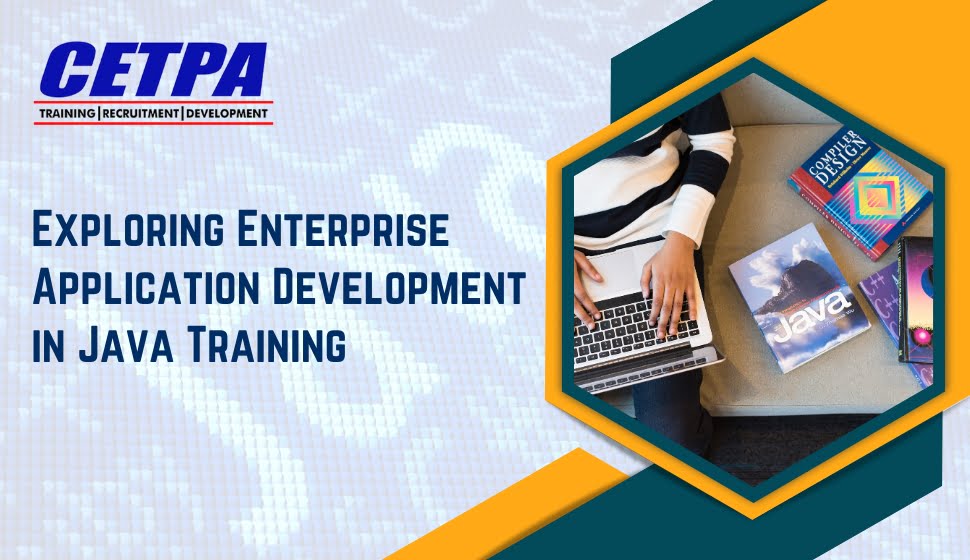Exploring Enterprise Application Development in Java Training

Java Enterprise Edition: An Introduction
Java Enterprise Edition or Java EE is a set of specifications that describes the Java platform for Enterprise Application Development. It provides a choice of libraries and APIs for building and using scalable Java Training enterprise applications.
Java EE facilitates the development of large-scale, distributed, and multi-tier applications. It does this through a comprehensive set of features and services. It provides a standardized architecture to manage many facets of enterprise application development. This architecture includes web services, messaging, security, etc. If you want to know more, you should attend Java Training in Noida as early as possible.
Enterprise Application Development in Java Training
Enterprise Application Development in Java is a process of creating large-scale, reliable, and adaptable software applications. The applications developed in this way can manage complicated business processes, extensive data, and multiple customers at the same time.
Enterprise Application Development uses Java since it is platform-neutral, has robust security features, and supports distributed computing. It also has a large ecosystem, mature tools, and frameworks.
Key Features of Enterprise Application Development in Java
The main features of Enterprise Application Development in Java Training are as follows:
- Frameworks: Java provides a variety of frameworks and libraries to simplify the process of enterprise application development. For example, Springwork framework, Jakarta EE, Hibernate, Apache Struts, Apache Kafka and so on.
- Structure: Enterprise Application Development usually follows a multi-tier structure that divides the application into a presentation, business logic, and data access layers. Common structures include model-view-controller (MVC) and service-oriented architectures (SOA).
- Security: Security plays a critical role in enterprise applications. Java offers facets such as JAAS, JCA, and JSSE with the goal of enabling secure communication, authentication, and authorization. To know more about this feature, join the Java Training by CETPA Infotech.
- Database Access: Java provides a wide range of options for interacting with databases. Java Database Connectivity (JDBC) is a standard API for connecting to relational databases. Alternatively, Object-Relational Mapping (ORM) frameworks such as Hibernate or EclipseLink simplify database access by mapping Java objects to database tables.
- Monitoring and Management: Monitoring tools such as JMX and APM solutions play a role in monitoring the performance of enterprise applications in development.
- Deployment and Testing: Automated testing frameworks such as JUnit and technologies such as Apache Maven or Gradle facilitate testing and development processes. Deploying enterprise applications involves the use of application servers such as Apache Tomcat, WildFly, IBM WebSphere, etc.
Apart from the above-mentioned key features of enterprise application development, there are some other features as well. Students get detailed information about the same if enrolled in Java Online Training Courses.
Conclusion
Also Read: A Beginner’s Guide to Java- To get started.
In summary, Java Enterprise Edition is precisely a set of specifications that characterizes the Java platform for Enterprise Application Development. Enterprise Application Development in Java is the process of creating adaptable software apps that meet the needs of businesses.
Overall, Java EE and Enterprise Application Development in Java aim to create scalable apps that meet the complex requirements of enterprises. With its rich feature set, Java EE remains a popular choice for Enterprise Application Development. It provides a solid foundation for creating reliable and scalable software solutions.
For further information, check out Java Training in Delhi now.



